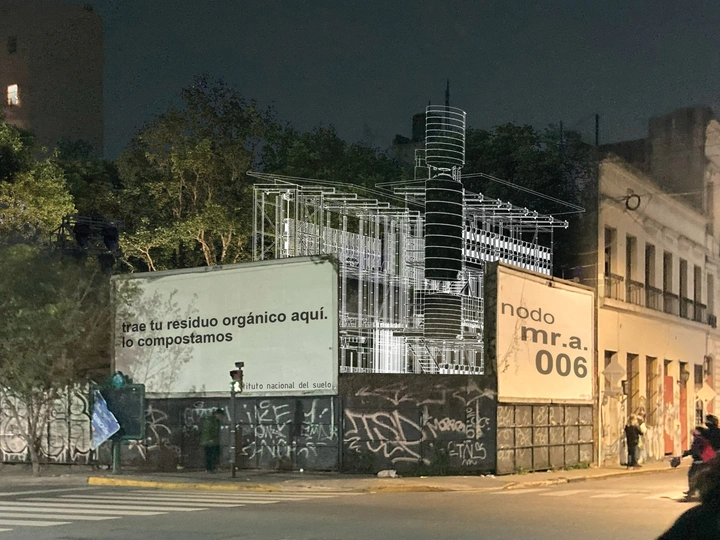gunkspace

Josh is an architectural and urban researcher based in the Netherlands. He has a BSc in Urban Design (cum laude) from Parsons the New School in New York City and a MSc in Architecture (cum laude) from TU Delft. During his studies he was a member of the Delta Futures Lab, a research cohort in the Department of Urbanism at TU Delft, that explored urbanization patterns within the Parana Delta of Argentina. He has worked in multidisciplinary settings in China, Thailand, the United States, Argentina and the Netherlands. He is currently developing the research from his thesis into a series of essays collectively entitled "gunkspace".
Urban and agricultural lands occupied more than 40% of all land surface globally in 2022. Most of these areas are managed through industrial processes that deplete the soil, pollute the water, annihilate biodiversity, and contribute to runaway carbon emissions. It’s all anthropogenic sprawl. Large scale ecological and hydrological restoration, by way of transforming anthropic land use, is essential if we hope to prevent further climate catastrophe.
Focusing specifically on soil health would have implications that reverberate throughout the entire ecosystem. Soil stores more carbon worldwide than is contained in all plant biomass above ground. Soil is a living composition of multispecies entanglements that determines the viability of plant and animal life on the surface. Humans are agents in soil production as much as ants, worms, bacteria and fungus, and thus locate our place within these systems of exchange, rather than without.
Gunkspace is a methodology that demonstrates how agroforestry principles that promote decentralized modes of soil care infrastructure can be integrated into urban and agricultural areas with the hydrological basin serving as a scaling device that zooms in to the narrowest street and all the way out to the entire planet: it’s all connected! What’s more, it can all be done within the existing frameworks that govern much of our anthropocentric space today — in the interstices where gunk already accrues or where it could. Locally we experience it as new urban rituals of engaging in soil care, and globally as new mechanisms of cooperation in a precarious age.
I detail how all this manifests in the Matanza-Riachuelo river basin in Buenos Aires, Argentina. The river is the most polluted waterway in the country, and has been subject to the ecocidal processes of capitalist extraction since the first days of the European invasion, 500 years ago. In other words, if this basin can be restored, any basin can be.